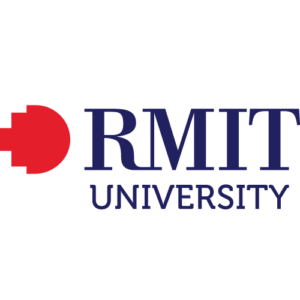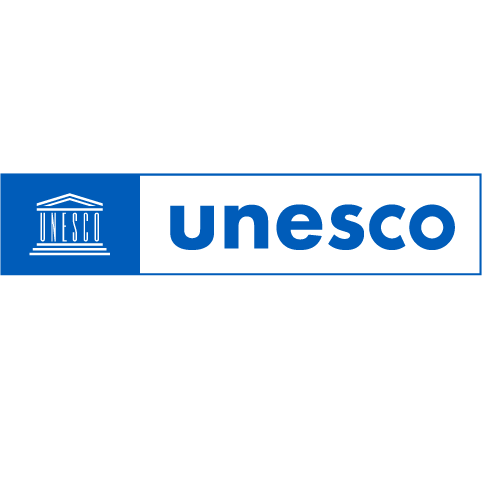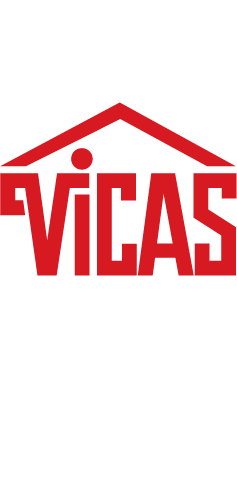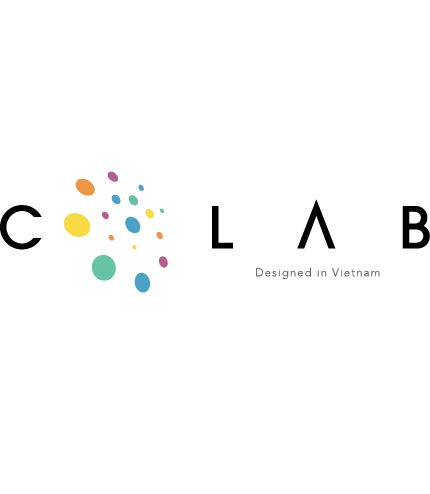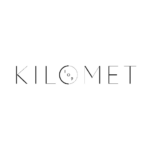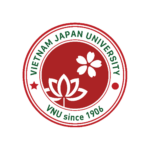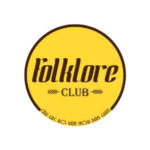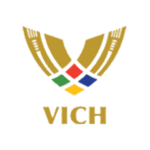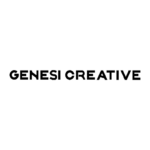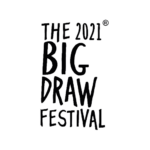This year, the Vietnam Festival of Creativity & Design has seen exciting encounters between ideas of the 4.0 era and those of traditions and heritage – all of which open up new, promising directions and expressions. The workshop ‘Design Thinking & Reviving Cheo Artform’ – taking place on Sunday morning at the Vietnam Cheo Theatre – exemplified such encounters. Aimed towards college students, the programme brought together artists, organisers and experts working in both folk culture as well as entrepreneurship.
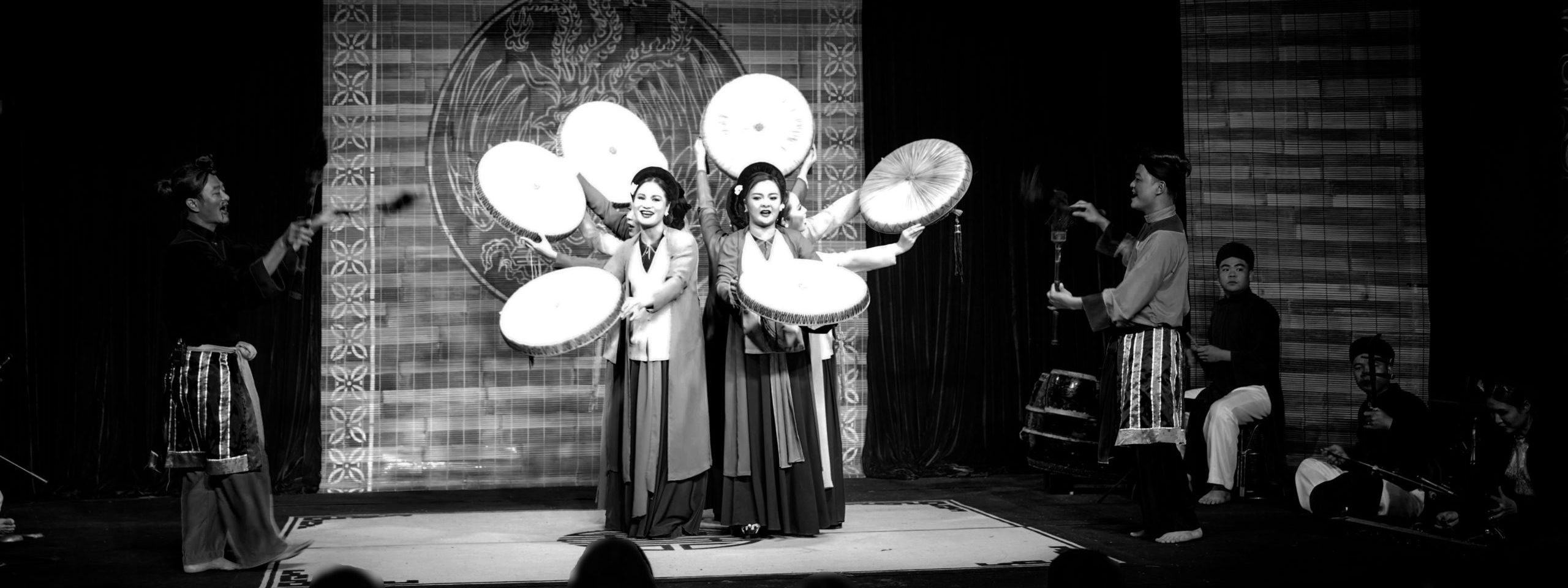
New Directions — Cheo and Design Thinking
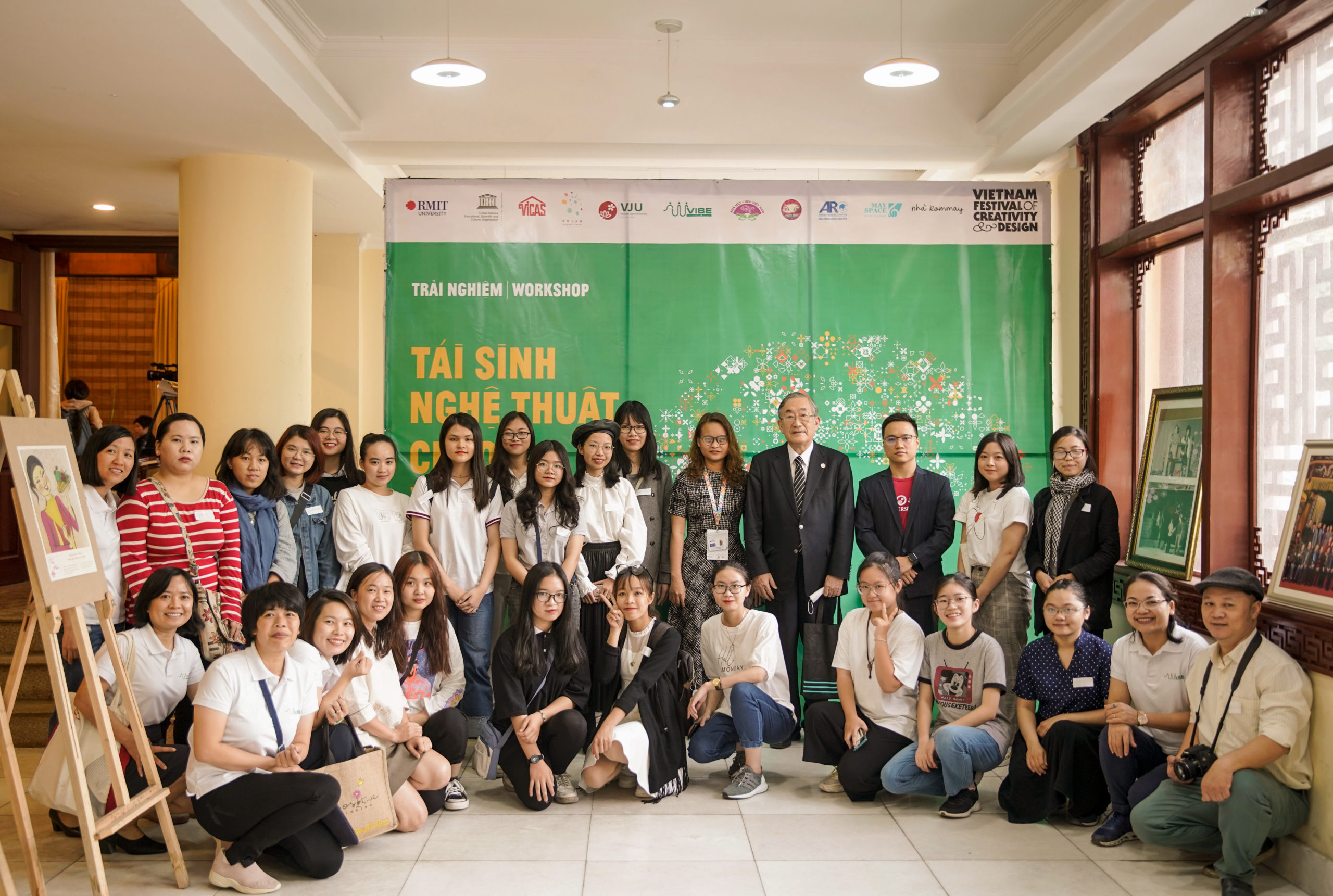
The two-part event was divided into a Seminar and a Workshop. In the former, two excerpts from classic Cheo works were performed by seasoned artists of the Vietnam Cheo Theatre, followed by a presentation from People’s Artist Thanh Ngoan (the Theatre director) on the provenance and development of Cheo – the theatre form that she described as ‘the most Vietnamese of all – throughout nearly a millennium. Having first appeared in the Dinh dynasty in the ancient capital of Hoa Lu, Cheo’s course of development has always been intertwined with the daily life of the Vietnamese farmer. This can be most clearly seen through systems of characters and storylines, which were inspired by settings of nature and countryside, as much as the folk tales passed on from one generation to another.
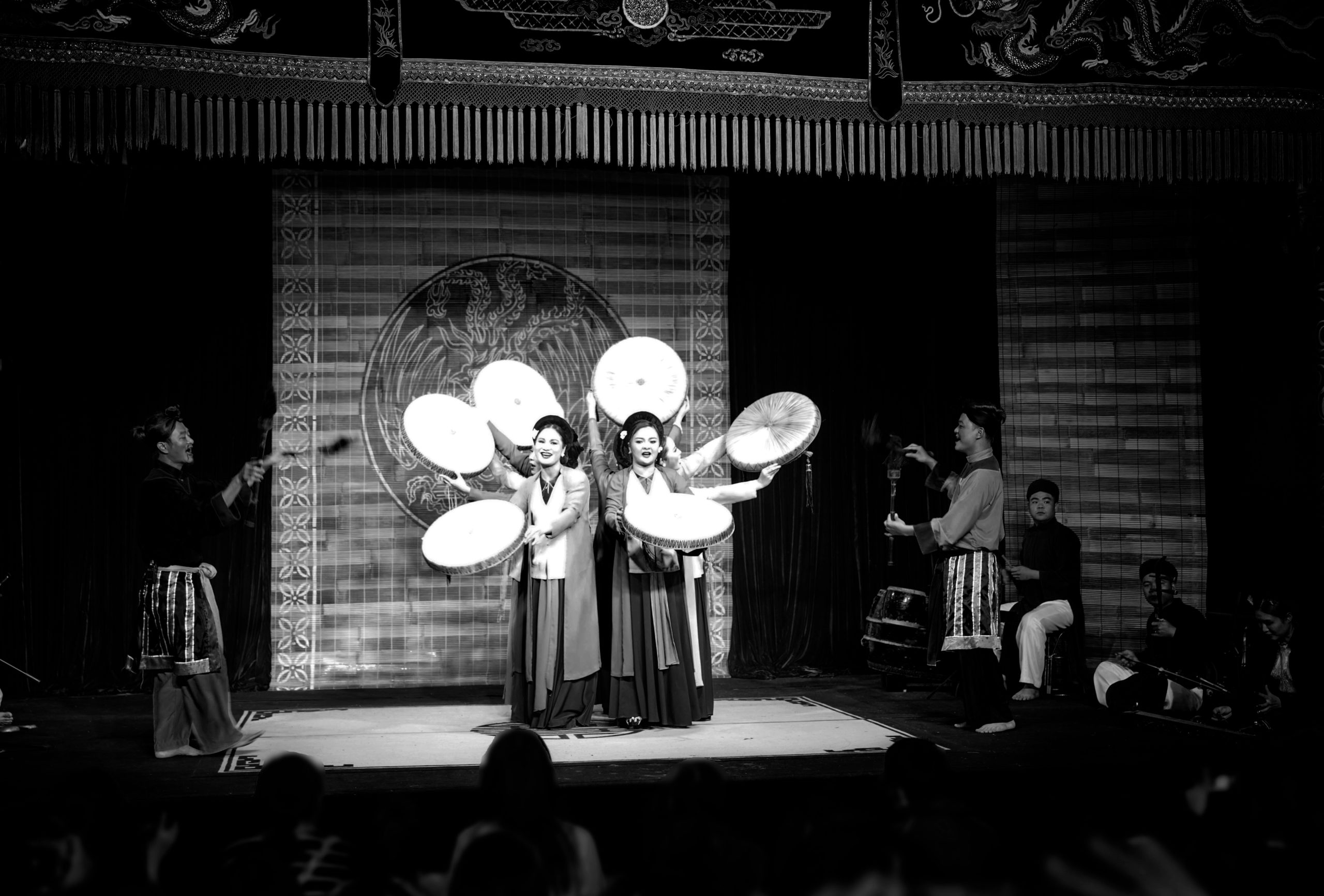

In the 1920s, Cheo gradually made its appearance in cities; modernised in both form and content, it became more accessible to the public at the time. In 1951, a Chèo unit was established in the People’s Central Art Troupe at Viet Bac military base – marking the beginning of the years of ‘Cheo in the Revolutionary war’. This unit would then become the Vietnam Cheo Theatre of today. Over 65 years, the Theatre has gained many achievements in processes of reviving and innovating classic Cheo plays, and still fills its spaces to this day with weekly performances.
Recently, appearing alongside state organisations like Vietnam Cheo Theatre are youth-led groups, with projects informed by creativity and innovation. Chèo 48h is one such group – according to its founding member Đinh Thảo, “Cheo isn’t something outdated, it still holds values for today’s young generation.” Created in 2014 as a two-day workshop for students to begin learning about Cheo, Dinh Thao and her project partners have built a real community around the project – and to them, it has grown to become more than merely a project, but a mission of spreading values. “To young people, Cheo might initially appear unfamiliar, and even boring, but by taking the time to listen and to feel the artists’ dedication and the emotions they are conveying, one will naturally want to learn more,” shared Dr. Lu Thi Thanh Le (folk culture researcher and lecturer at Vietnam-Japan University).

However, Cheo community in general and Vietnam Cheo Theatre in particular are faced with many challenges, in terms of operating costs, audience engagement, and the competition from countless modern forms of entertainment.
These concerns were the premise for the second part of the event: a workshop led by members of the VNU VIBERS community. Participants were divided into five groups to take on an interesting challenge: how to apply design thinking to generate solutions for one of the issues associated with Cheo today. Equipped with details on the design process: empathise – define – ideate – prototype – test, the groups came up with exciting proposals which were highly regarded by the event’s Jury.
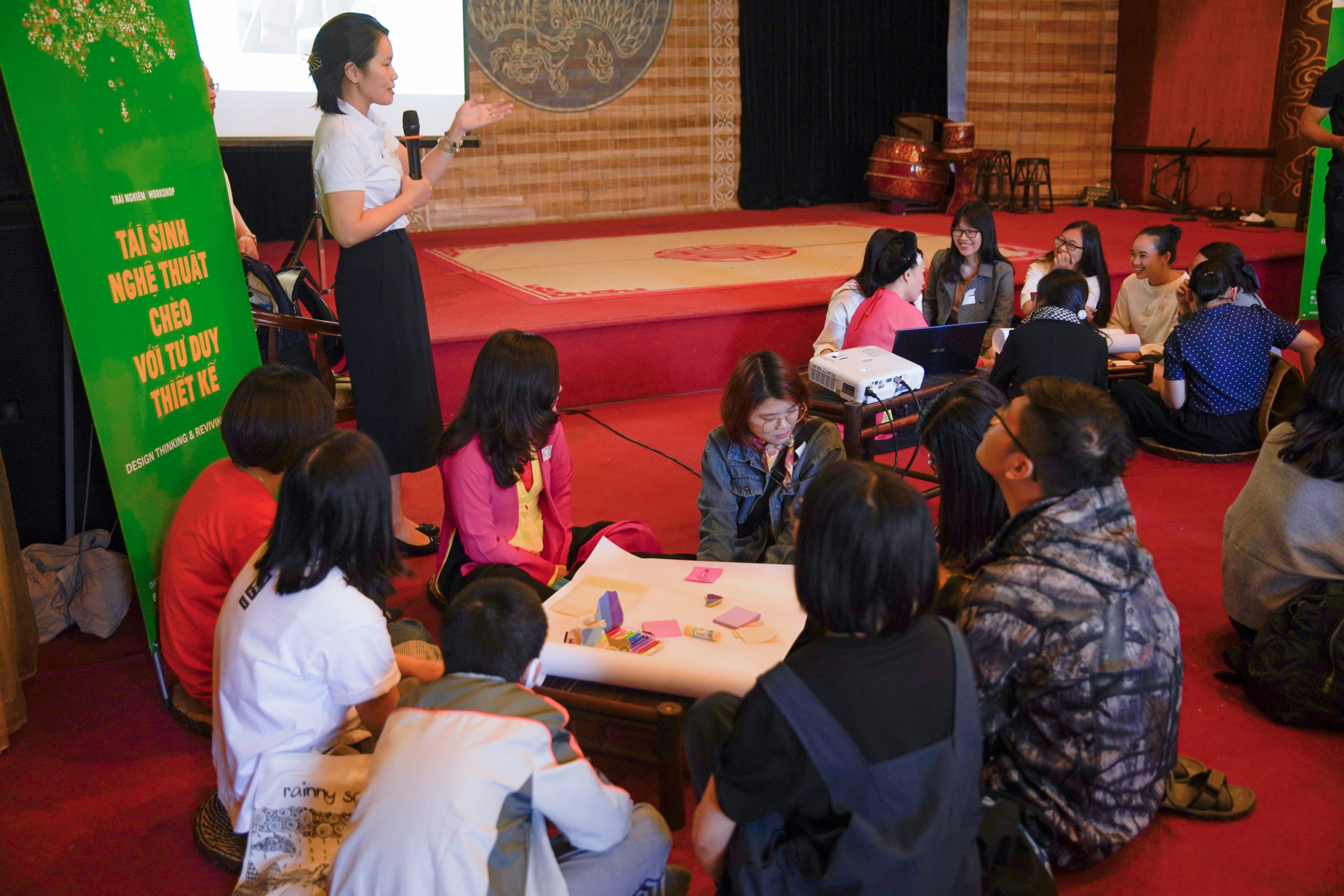
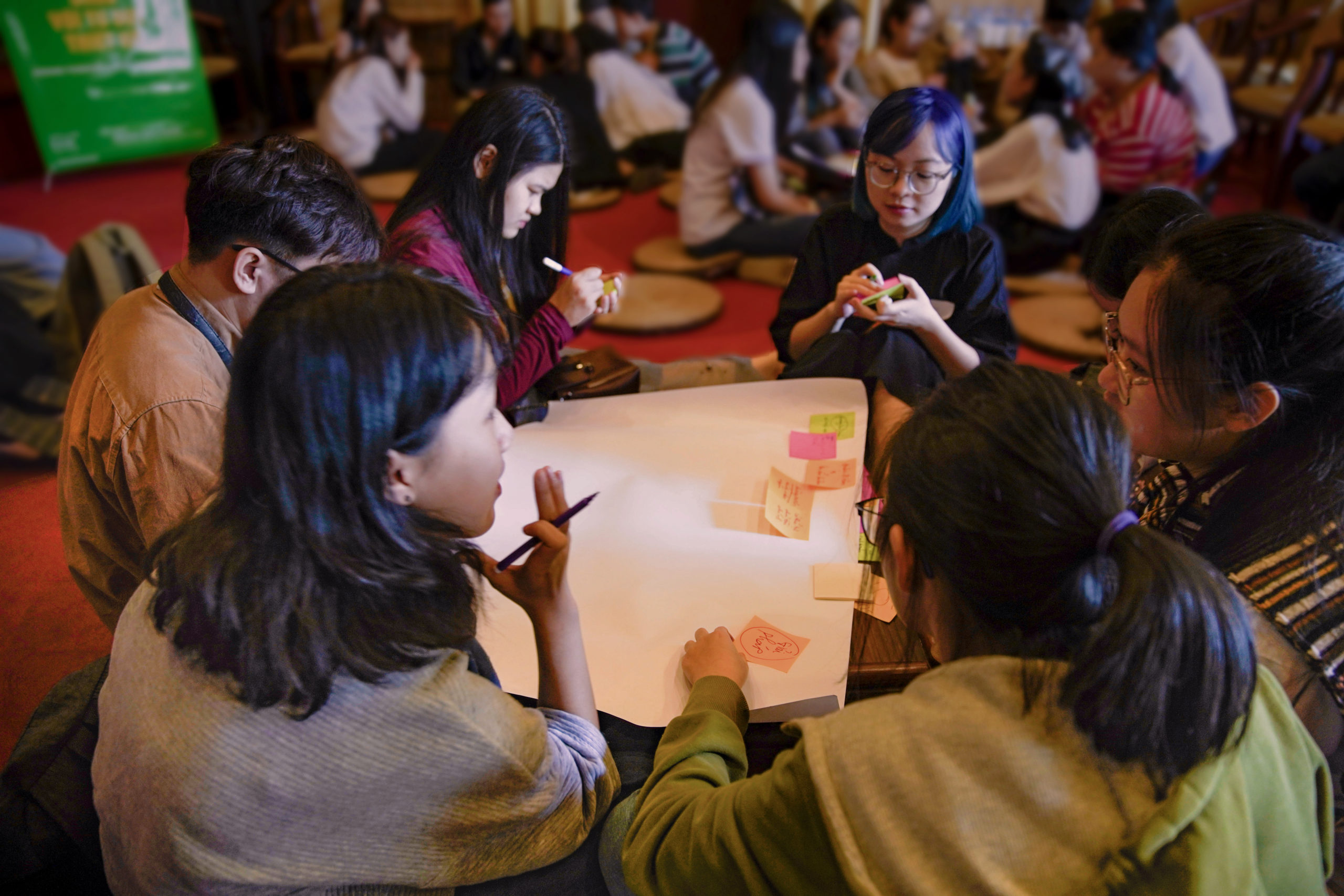
Some turned to new formats for disseminating Cheo knowledge: using short animation clips, building an online ‘dictionary’ for Cheo terminology, combining Cheo with cinema, or even using TikTok videos with the support from influencers. Other groups focused on the idea of commercialisation and the subsequent creation of compelling cultural products as a way to provide resources to artisans, artists and organisations.
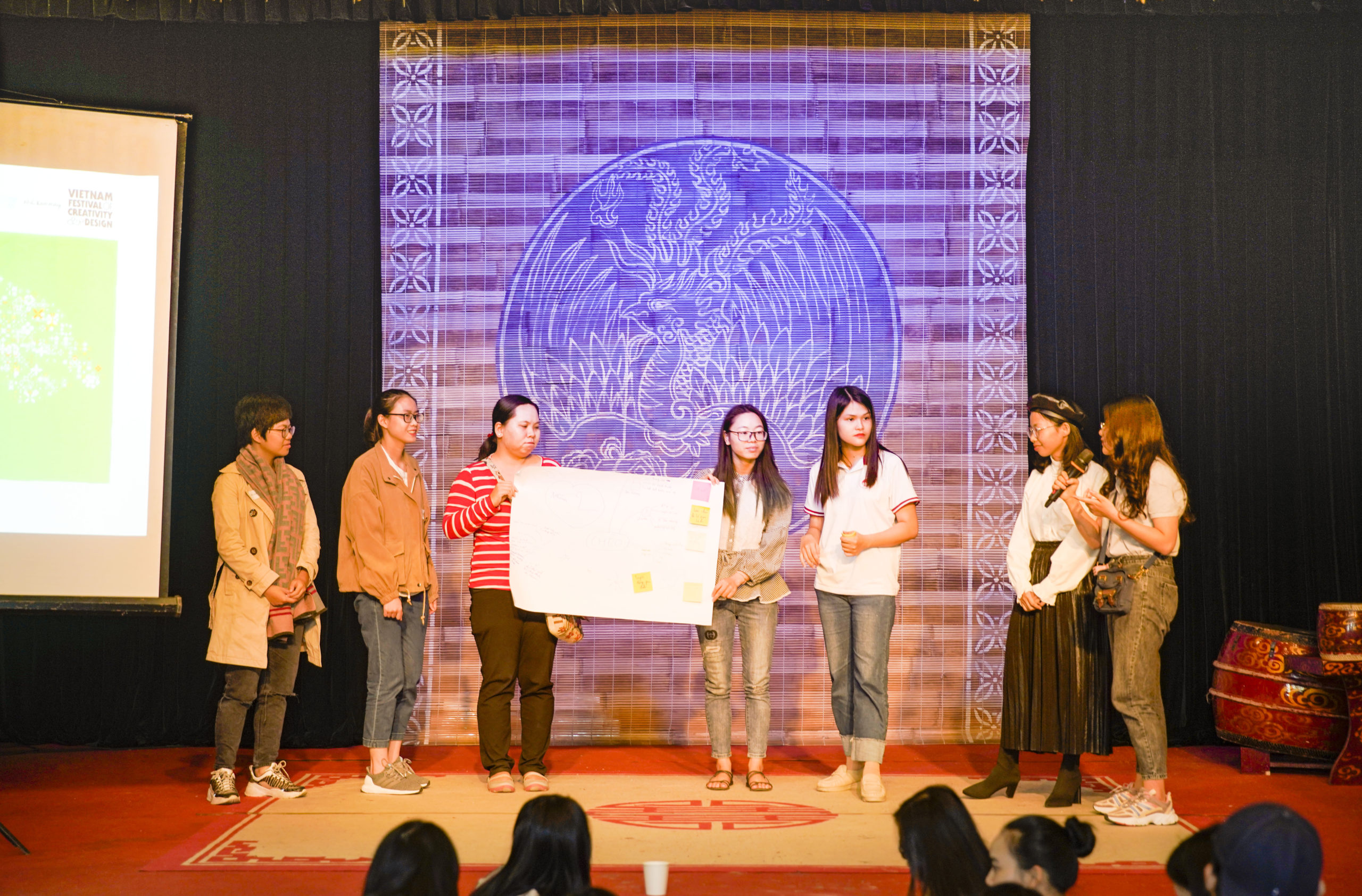
According to artist Thanh Ngoan, a feasible and highly-applicable idea will help increase Cheo’s sustainability, which could enable the artform to be not only efficiently preserved, but also living, in today’s context. “Cheo remains a living being, it only needs inspiration and energy to be revived”, she said.
11.11.2020
STORY BY
Tran Duy Hung

